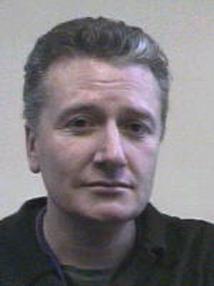BibTex format
@article{Gutteridge:1983,
author = {Gutteridge, JM and Quinlan, GJ},
journal = {J Appl Biochem},
pages = {293--299},
title = {Malondialdehyde formation from lipid peroxides in the thiobarbituric acid test: the role of lipid radicals, iron salts, and metal chelators.},
url = {https://www.ncbi.nlm.nih.gov/pubmed/6679543},
volume = {5},
year = {1983}
}

